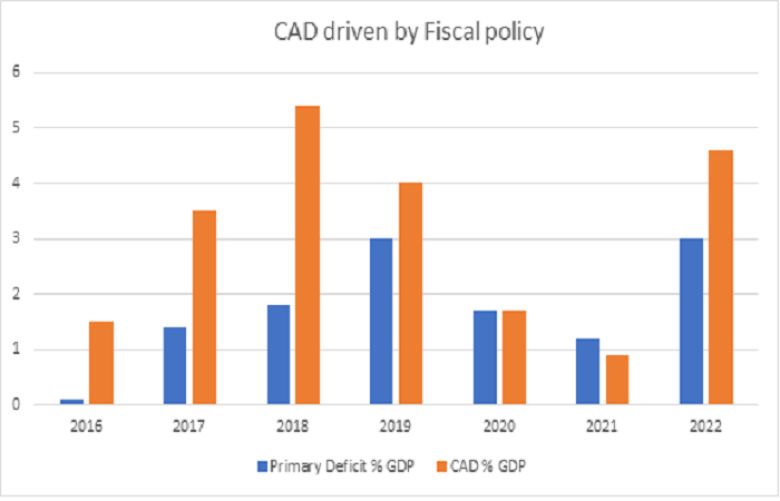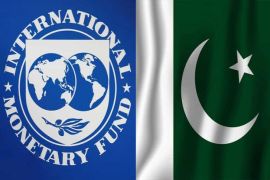The 230+ million residents of Pakistan are currently experiencing formidable economic challenges, thus a path for boosting financial stability and growth needs to be fostered. While the IMF program must resume in order to meet our immediate financial demands, their usual recommendations might only be able to solve our problems temporarily.
We need a fundamental change in how the economy is organized, how policy is created and carried out, and how wealth is distributed more fairly. The only way to move forward is to do that in order to avoid the boom and bust cycles that have afflicted our economy for many years. We must first identify the root of the problem.
Although the prevailing belief that "we're confronted with a current account challenge" may be true, it is only the symptom and not the root of our problem. Our Achilles' heel is the current account deficit, which is mostly caused by fiscal policy, which effectively drives consumption-led growth. Higher budget deficits were a contributing factor in the balance of payments crisis of 2013, 2018, and 2022.
The fundamental issue is our approach to budgeting and the growing national debt. This is perhaps the time to review our fiscal policy afresh. Increasing pension costs, low tax collection, bailouts of failing State Owned Enterprises (SOEs), and untargeted subsidies are difficulties that we must resolve to meet. The way the economy is now set up results in the diversion of limited resources to unproductive areas. The unsustainable state of our nation's finances is the root of the majority of our issues. It is necessary to fully consolidate the federal and provincial governments.
The losses of SOEs have risen to around Rs. 1 trillion annually; the losses of the power sector have risen by Rs. 419 billion (0.8% of GDP) in just the previous eight months; and the circular debt has grown to over Rs. 2.6 trillion (5% of GDP), endangering the entire economy. A comprehensive legislative response is needed to address the rise of circular debts, including a decrease in transmission and distribution losses, privatization of DISCOs, and accessible, affordable energy for all. The government must work to end rent-seeking subsidies as soon as possible.
Direct subsidies to the poorest households and performance subsidies for certain sectors should be the sole subsidies the government utilizes. Key sectors should get performance-based subsidies that are time-barred and monitored for improvements in the economy's productivity, tax revenue, level of employment, and export revenues. Technology, agribusiness, and value-added export businesses are among the growing sectors, we must direct our efforts towards.






